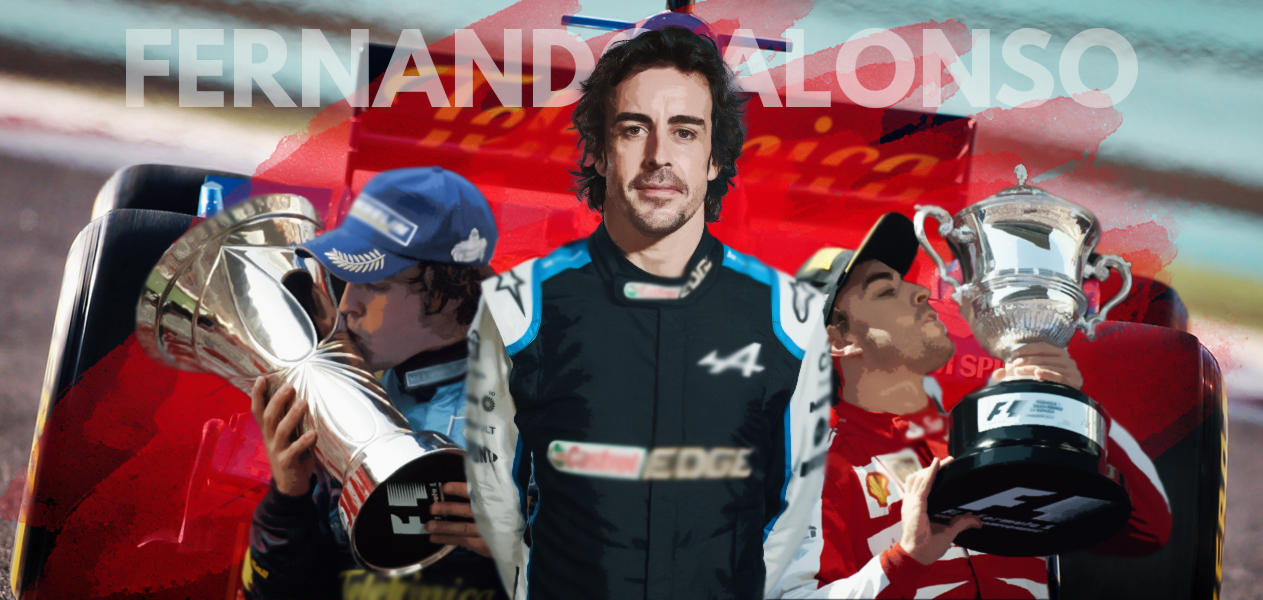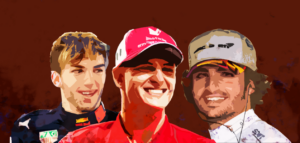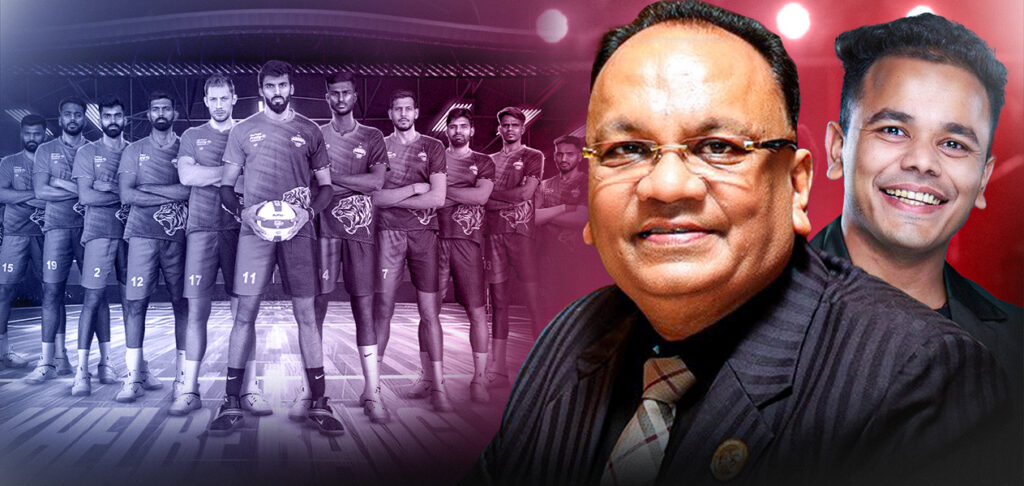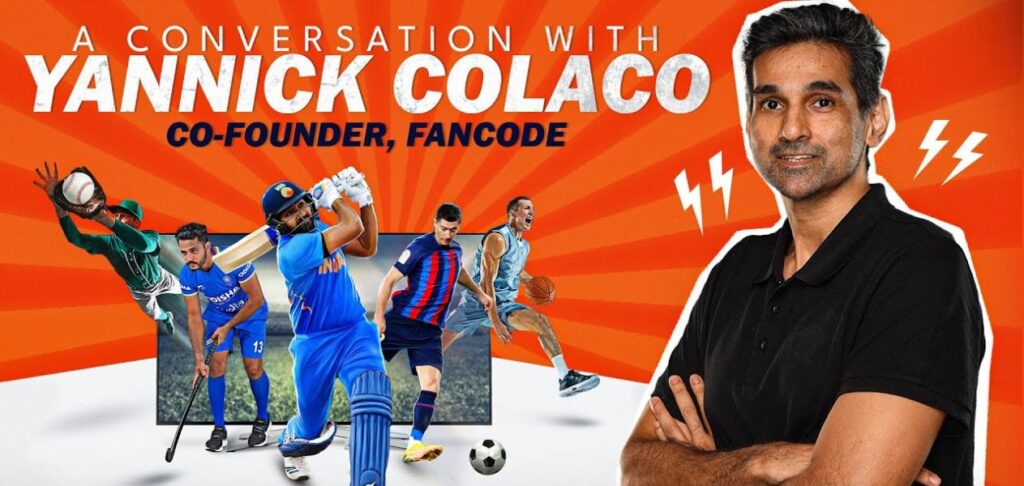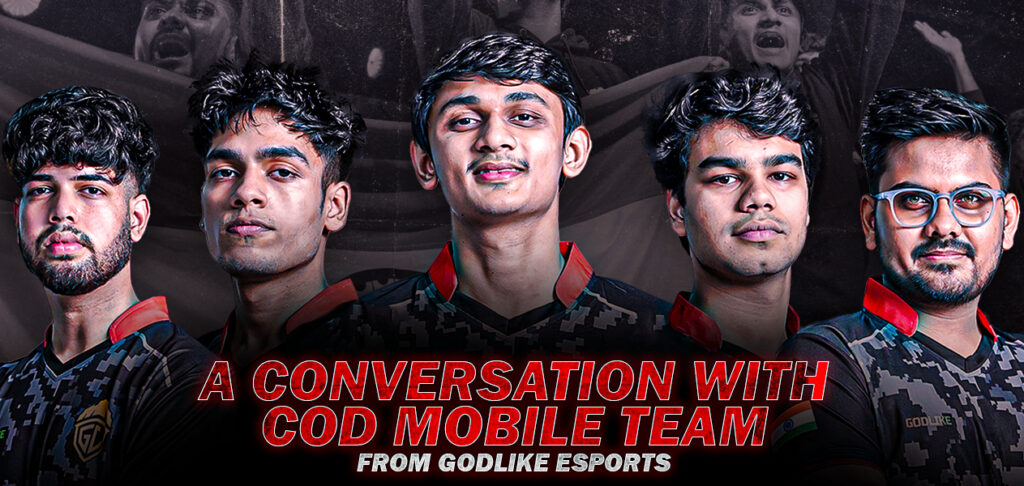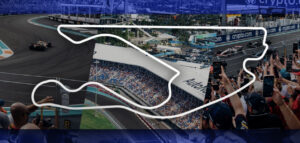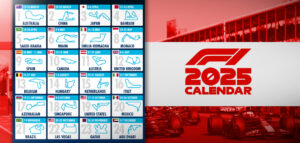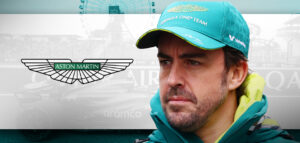After the British Grand Prix, one can be forgiven if all the hype is about defending champion Lewis Hamilton and current championship leader Max Verstappen, but today we won’t be talking about either of them or their teammates. We will be talking about a driver, who left the sport at the end of 2018 following a miserable four years at McLaren, a 39-year-old (turning 40 on 30th July!), someone who was out of the sport for two seasons and has returned in his late 30s looking like he never left. We are talking about a two-time world champion and one of the greatest drivers in sports’ history, Fernando Alonso.
Let’s take a look at the Spaniard’s journey so far and how his return to the sport after a two-year gap is faring.
The Journey So Far
Alonso made his debut in 2001 with the Minardi team. He signed for Renault in 2002 as their test driver before being promoted as the main driver for the 2003 season. Alonso’s first stint with Renault was an extremely successful one, winning two back-to-back championships in 2005 and 2006. When he left Renault at the end of the 2006 season, Alonso left with two championships and 15 wins. Alonso joined McLaren in 2007 on a multiyear deal, pairing up with a rookie Lewis Hamilton. Hamilton right away pushed Alonso to the limit, and their inter-team battle along with McLaren’s snooping around cost them the constructors’ championship while Kimi Räikkönen pipped both the McLaren drivers for the championship. Even though Hamilton and Alonso finished on equal points at the end of the season, Alonso didn’t expect a rookie to push him, and along with his displeasure with the team and his number status under threat, Alonso canceled his multiyear deal at the end of the 2007 season to rejoin Renault. His second stint with Renault was not as successful as his first, as the Renault car was not the fastest or second fastest car on the grid. Displeased with not fighting for the championship and wins, Alonso left Renault after two seasons to join Ferrari in 2010. He was off the mark right away, winning his very first race for the Scuderia, but along with Red Bull’s dominance and Ferrari’s inability to give Alonso a championship-winning car, Alonso failed to win a third world title with Ferrari, even though he finished second on two occasions in 2010 and 2012, being runners up to Sebastian Vettel on both occasions.
Fernando has always been extremely passionate about the sport and is very vocal about his feelings. And so he was over the course of his final two seasons at Ferrari when the Spaniard publicly criticized the Scuderia for the inability to develop a championship-winning car. Fernando’s frustrations, and the Scuderia’s displeasure with him speaking against them publicly, saw Fernando leave the Maranello-based team at the end of the 2014 season, with him on his way back to McLaren.
His second stint at McLaren was disastrous as the Woking-based outfit had the third-worst car on the grid between 2015-2018. Over the four years with McLaren, Alonso was bogged down with multiple technical issues that saw a total of 30 retirements for the Spaniard over four seasons! A frustrated and hurt Alonso decided to leave the sport at the end of the 2018 season, stating he wanted to follow his other passions of racing with Le Mans and Indy Car. That was more attractive to him than racing in a non-competitive Formula One car.
And so, one of Formula One’s greatest, who beat Michael Schumacher, took uncompetitive cars for championship challenges, one of the masters of the sport, left the sport at the end of 2018. Still, there was always a feeling that Fernando wasn’t done yet. Alonso went on to win the Le Mans trophy and tried his luck at the Indianapolis 500 to secure racing’s “Triple Crown” (F1, Indy Car and Le Mans championship wins). Nothing showcased who Alonso was more than this, Fernando was not just a Formula One driver but he was a racer, for him Formula One wasn’t the only racing he wanted to do but he wanted to win different competitions, the hunger to win was there even after five disappointing years in Formula One where he didn’t even fight for a win. Unlike other Formula One drivers, Fernando doesn’t care about the car or the track and conditions, he can drive any car fast, and that is one of his greatest traits.
The Return
After two years away from the sport, in July 2020, Alonso announced his return to the sport with the team with which he had won his two world titles. On his return, Alonso stated with the regulation, and changes started to come about, bringing more competitiveness to the sports and a desire to enjoy racing. The latter part was a testament to Alonso’s driver, as competitive and aggressive as he is. He also did not want to lose focus of what racing is and what it means to him.
The current Formula One calendar is such a hectic one that it is easy for drivers to lose the perspective of why they are racing. Most will say it is to win, but even before winning, they are there on the track because of their passion for the sport and enjoyment from the sport. A prime example of this is Alonso’s ex-teammate and current Alfa Romeo driver Kimi Räikkönen, Räikkönen who will turn 42 this year, is in his 19th season of racing and has maintained that it is his passion for the sport that keeps him going. The same can be said for Fernando, that his love for racing brought him back along with the possibility that he had unfinished business when he left in 2018, as Alonso felt he deserved to go in a better way.
However, Alonso’s return was met with a lot of criticism, mainly over whether it was a wise choice bringing in a 39-year-old to the sport, in an age where drivers are breaking through the ranks even before they are 20. Another point raised was the vision of Alpine (what Renault is called now) and whether they genuinely want to become a top team by bringing in a driver who will probably be able to give 2-3 seasons. Did Alpine want to start the new era with a driver who might not even be there two seasons in? Would it not have been better to have a youngster who could’ve had a learning curve in 2021 and then be ready for 2022? Questions were asked about Alonso’s return and whether we would see the old Alonso back or would it be a washed-up driver who joined as a great marketing opportunity for the team?
Alonso’s Answer – On Track!
All the criticism for the Spaniard got even more credibility after the opening few rounds of the 2021 season. Alonso retired from the opening race of the season, which was his comeback race, and was comfortably beaten by his younger teammate Esteban Ocon in the following four races. Did Alpine think it through before signing Alonso? The Formula One circus came to Baku for round 6 of the 2021 season and all the questions asked were answered by Alonso.
No doubt he had been in an uncompetitive car for his second stint with McLaren, but throughout the four seasons, Alonso outscored his teammates (Jenson Button and Stoffel Vandorne) and took the McLaren to multiple points finishes, when it didn’t deserve to be in the points. Alonso has a gift of being able to extract the last ounce of speed from the car to get that extra tenth, and he did that throughout his second McLaren stint and was easily the best driver of the rest (apart from Mercedes, Ferrari and Red Bull) in 2018. He had an eventful Azerbaijan Grand Prix in 2018, where first place damage saw him pit in the opening lap with a double puncture and floor damage; it was a miracle that he could continue. Alonso rejoined in the last place on a street track. The Spaniard put in a master class in charging back through the field, taking the McLaren to P7, he rated his racecraft that day as one of his best drives, and this was one of the reasons Alpine brought Alonso back. They knew once Alonso got comfortable with the car, it would be a matter of time before the results came their way. And that is exactly what happened.
Returning to Baku, Alonso put in a vintage Alonso performance. First he put the Renault, which wasn’t supposed to be in the top 10, to ninth place during qualifying. Then during the race, Alonso used all his skill and experience, especially after a late restart, to finish a brilliant sixth and show the world and his critics that he wasn’t done yet. In France, at their home race, Alonso once again shone in a car that wasn’t a top 10 car, to finish a promising 8th when his teammate finished 14th. Towards the end of the French Grand Prix, Alonso charged from 10th to 8th, with the Spaniard very vocal on the radio to his team, asking them to keep him updated as to who he had to catch next to pass. That was the Alonso everyone knew. Even when he was in 10th place, he was competitive, he wanted more, and if there were a chance, he would go for it.
After scoring in four consecutive races, Alonso came into the British Grand Prix hoping to score another set of good points. And it was his performance at the British Grand Prix that silenced all the critics and answered all questions about his return. The British Grand Prix was a historic race in the sport that saw the introduction of the very first sprint race. After starting 11th, Alonso showcased why his racecraft is highly regarded by overtaking a Red Bull, a Ferrari, two McLarens, an Aston Martin, and a Williams. Alonso was fourth within the first few corners after a scintillating start, and the main question was, could he hold on to the position for another 100kms, or would he fall through the grid like a stone. As aggressive a driver Alonso is, Alonso is also equally masterful at defending. Inevitably the far superior paced McLarens overtook him, but that was it. Alonso put in a stunning drive to hold on the seventh-place giving him a real shot at the points on Sunday. Once again, a strong drive from Alonso saw him finish a superb seventh, ahead of both Aston Martins, both AlphaTauris and his teammate.
Alonso is one of F1’s all-time greats and is one of the most skilled racers on track. The boy who took down Michael Schumacher, Alonso’s greatness lies in his ability to outperform any machinery given to him (think 2012, 2018). Speed comes to the Spaniard naturally, and he is the sport’s most passionate complete racer. With all of these factors coming back, succeeding on his return was inevitable.
What’s Next for Alonso?
Alonso apart from Norris, is the only driver currently to have scored five back-to-back points finishes. The fact that the two-time world champion keeps getting better every weekend shows that the Spaniard is truly back and ready to fight. With the likes of Leclerc, Norris, Sainz, and Gasly performing at the highest level, Alonso has his task cut out. He knows there is no room for error and the Spaniard rarely makes driver errors.
For far too long, Formula One has been divided into specific eras where certain teams dominate the field. The early 2000s saw Ferrari untouchable, the 2010s saw Red Bull take four consecutive titles, and since the start of the turbo-hybrid era, Mercedes have be unstoppable, there has been no one near to catch the Mercedes. With the 2022 regulations coming in next year, it promises to make the sport more competitive and allow more teams to fight for wins.
Even the great Michael Schumacher struggled when he made his return in 2010, with Mercedes at the age of 41, and that is why Alonso’s return is that much more special. At 40 years of age it would be normal if your reflexes got slow but none of that seems to affect Alonso, returning to the sport like he never left, outperforming his juniors every week is astonishing and one of the reasons why Alonso is one of the greats of the sport. Given that Fernando is slowly back to his best if Alpine can provide him with a car capable of even podium finishes on Sundays in 2022, it won’t be a surprise if all the upcoming youngsters face a severe challenge from the veteran next season. There aren’t many who can match the Spaniard’s racecraft and skill on track, and if Alonso is given equal machinery as the rest of the field, there won’t be many who can stop him either

